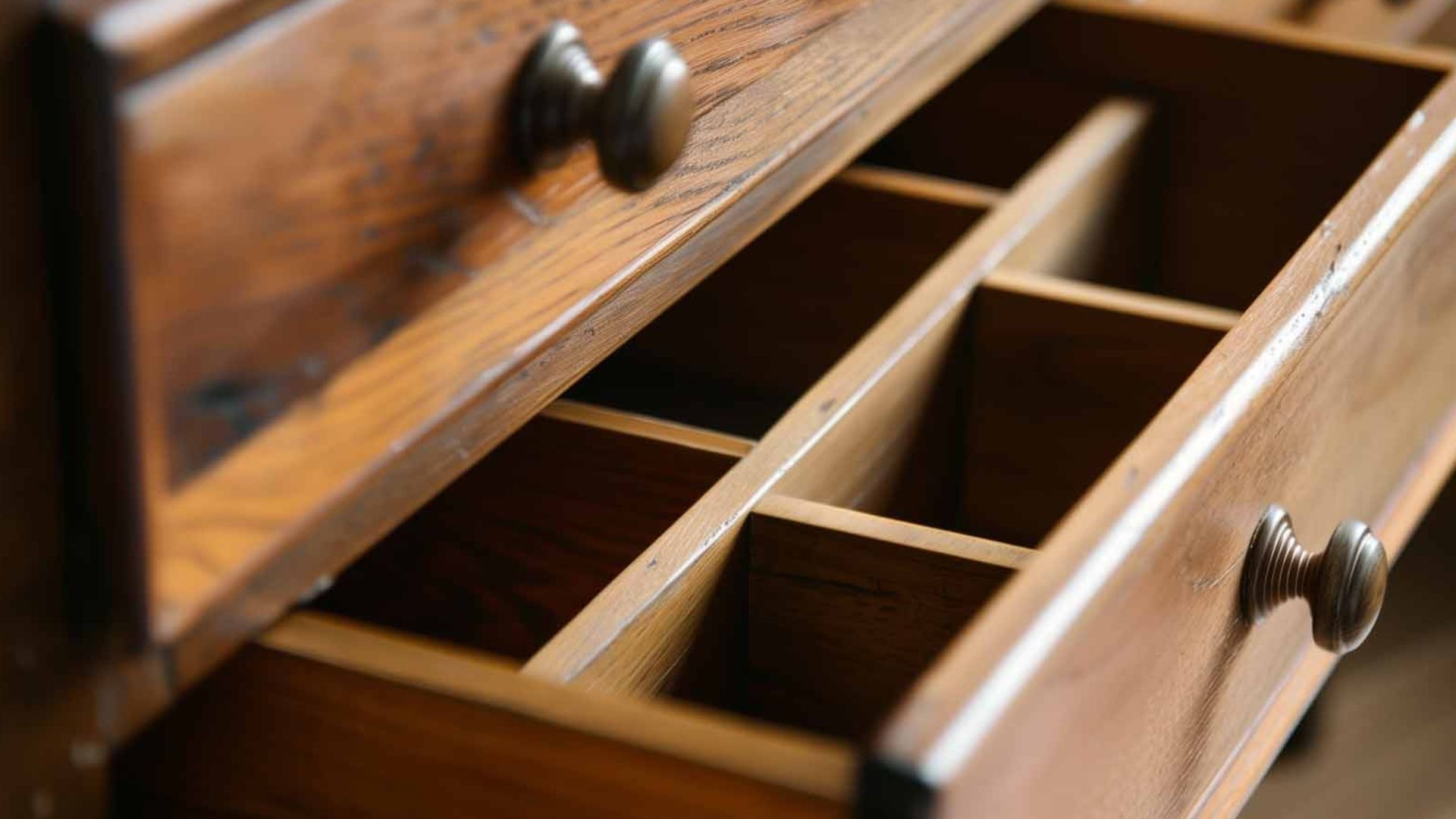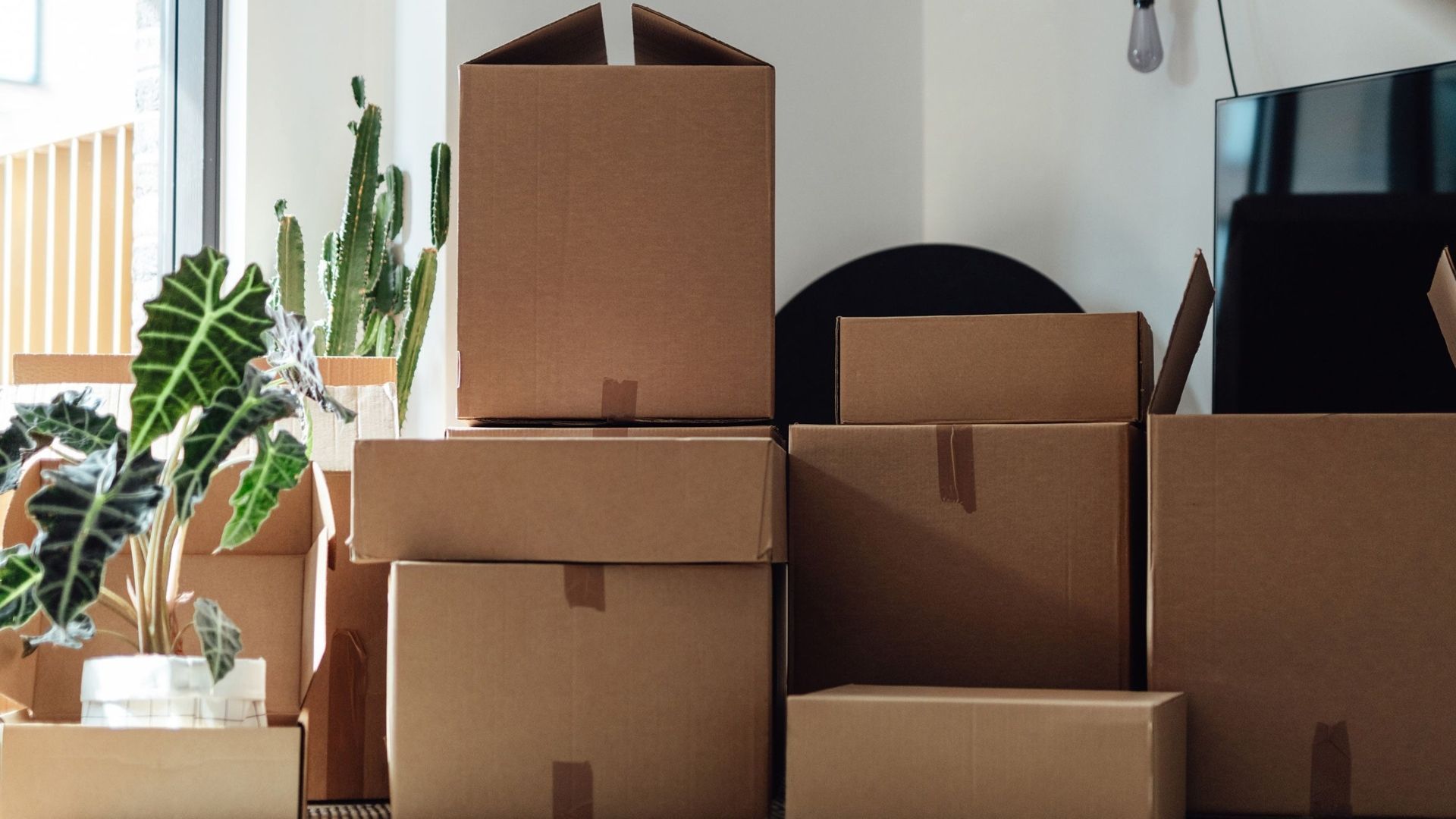What is the Hardest Room to Pack When Moving?
The hardest room to pack when moving. With its mix of fragile dishes, oddly-shaped pots and pans, and numerous small items, the kitchen poses the biggest challenge for most people. Professional movers consistently rank kitchens as the most time-consuming room, often taking 8 or more hours to pack properly.
Why the Kitchen Is the Hardest Room to Pack
Too Many Fragile Items
The kitchen holds more breakable items than any other room in your home. From wine glasses to dinner plates, each piece needs special care. Even small mistakes can lead to expensive damage.
Your kitchen likely contains:
- Dishes and plates
- Glasses and mugs
- Bowls and serving pieces
- Vases and decorative items
Awkward Shapes and Sizes
Kitchen items come in all shapes and sizes. Large pots, long utensils, and bulky appliances don't fit neatly into standard boxes. This makes packing feel like solving a puzzle.
Heavy Items Add Up Fast
Canned goods, small appliances, and cast iron cookware are surprisingly heavy. A box full of kitchen items can quickly become too heavy to lift safely.OSHA research shows that lifting loads heavier than 50 pounds significantly increases the risk of workplace injury, making proper weight distribution crucial during your move.
Food Items Create Problems
Deciding what food to take, throw away, or donate adds another layer of complexity. Open containers can spill and create sticky messes during transport.
Other Challenging Rooms to Pack
Garages and Sheds
Many experts actually consider garages the hardest room to pack, but they rank lower on most lists because not everyone has one. Garages present unique challenges:
- Oddly-shaped tools that don't fit in standard boxes
- Heavy equipment like lawnmowers and workbenches
- Hazardous materials like paint and chemicals
- Seasonal items mixed with everyday tools
Bathrooms
Bathrooms are trickier than they first appear. The main issues include:
- Liquid spills from shampoo, soap, and cleaning products
- Fragile items like mirrors and glass containers
- Small items that easily get lost
- Expired products that need sorting
Bedrooms
Bedrooms can be challenging because of the sheer volume of personal items:
- Clothing that needs proper folding and protection
- Electronics that require careful handling
- Personal items with sentimental value
- Books that are heavy when boxed together
Home Offices
Home offices combine multiple packing challenges:
- Important documents that need protection
- Electronic equipment with many cables
- Furniture that may need disassembly
- Supplies in various shapes and sizes
How to Pack the Kitchen Like a Pro
Start With a Plan
Give yourself at least 3-4 weeks to pack your kitchen properly. This isn't a job you can rush through in a single day.
Create a simple plan:
- Pack items you rarely use first
- Save everyday items for last
- Set aside essentials for your first day
Gather the Right Supplies
Having the right materials makes a huge difference:
- Dish pack boxes (double-walled for extra protection)
- Medium boxes for heavier items
- Bubble wrap for fragile items
- Packing paper (better than newspaper)
- Plastic bags for liquids
- Markers for labeling
Pack Dishes Safely
The key to packing dishes is treating them like records, not books. Stand plates on their edges instead of stacking them flat. This reduces pressure and prevents breaking.
Steps for packing dishes:
- Wrap each dish individually in packing paper
- Place dishes on their edges in the box
- Fill empty spaces with crumpled paper
- Label the box "FRAGILE"
Handle Glassware With Care
Glasses need extra attention. Stuff each glass with crumpled paper, then wrap the outside. Pack glasses upright in boxes with plenty of padding.
For wine glasses and stemware:
- Consider using cell dividers
- Pack stems carefully
- Don't stack anything on top
Deal With Appliances
Small appliances should go in their original boxes when possible. If you don't have the original packaging:
- Clean the appliance thoroughly
- Wrap cords and tape them to the appliance
- Wrap the entire appliance in packing paper
- Use a box that fits snugly
Pack Pots and Pans
Nest pots and pans together with paper between each piece. This saves space and provides protection. Wrap the entire stack in packing paper before placing in a box.
Tips for Other Challenging Rooms
Garage Packing Strategy
Start with your garage early since you probably don't use everything daily:
- Sort by category (tools, sports equipment, seasonal items)
- Dispose of hazardous materials properly
- Disassemble large items when possible
- Use specialty boxes for odd shapes
Bathroom Packing Made Simple
The bathroom requires patience and the right approach:
- Sort and purge expired items first
- Seal all liquids in plastic bags
- Wrap fragile items individually
- Pack essentials in a separate box
Bedroom Organization
Make bedroom packing easier with these steps:
- Use wardrobe boxes for hanging clothes
- Pack books in small boxes
- Wrap electronics in their original packaging
- Label everything clearly
Home Office Efficiency
Protect your important documents and equipment:
- Back up all data before packing computers
- Take photos of cable setups
- Use waterproof containers for documents
- Pack cables with their devices
Professional Packing Services vs. DIY
When to Hire Professionals
Consider professionalpacking services if you:
- Have limited time
- Own expensive or fragile items
- Feel overwhelmed by the process
- Want insurance coverage for your belongings
Benefits of Professional Help
Professional movers bring:
- Experience with challenging items
- Proper supplies and equipment
- Efficiency and speed
- Insurance protection
DIY Packing Advantages
Packing yourself offers:
- Cost savings on labor
- Control over the process
- Flexibility with timing
- Personal touch for special items
Essential Packing Supplies for Every Room
Basic Supplies Everyone Needs
Stock up on these essentials:
- Various box sizes (small, medium, large)
- Packing tape (2-3 rolls minimum)
- Bubble wrap or packing paper
- Markers for labeling
- Plastic bags for liquids
- Towels for padding
Room-Specific Supplies
Kitchen:
- Dish pack boxes
- Cell dividers for glasses
- Extra packing paper
Garage:
- Specialty boxes for tools
- Heavy-duty tape
- Plastic wrap
Bathroom:
- Small boxes for toiletries
- Plastic bags for liquids
- Towels for padding
Time-Saving Packing Tips
Start Early
Begin packing 4-6 weeks before your move. This gives you time to work steadily without feeling rushed.
Create a System
Develop a consistent approach:
- Label boxes with room and contents
- Number boxes for easy tracking
- Take photos of valuable items
- Keep an inventory list
Pack Room by Room
Focus on one room at a time. This keeps you organized and prevents overwhelming yourself.
Use What You Have
Don't buy supplies you already own:
- Use towels and blankets for padding
- Repurpose containers and bags
- Borrow boxes from friends and family
Practice Safe Lifting
When moving heavy boxes, remember that proper lifting technique is crucial.Harvard Health Publishing emphasizes that strong back muscles provide essential support to the spine, reducing the likelihood of strains and injuries during lifting, bending, or twisting movements.
Common Packing Mistakes to Avoid
Overpacking Boxes
Heavy boxes are dangerous and difficult to move. Keep boxes under 50 pounds when possible.
Poor Labeling
Vague labels like "stuff" or "misc" make unpacking frustrating. Be specific about contents and destination room.
Waiting Until the Last Minute
Rushing leads to damaged items and poor organization. Start early and work steadily.
Ignoring Weight Distribution
Pack heavy items in small boxes and light items in large boxes. This makes boxes easier to carry.
Making Your Move Easier
Declutter Before You Pack
Moving is the perfect time to get rid of items you no longer need. TheU.S. Census Bureau reports that housing-related reasons, including seeking better housing units or neighborhoods, are among the top motivations for moving. This makes decluttering especially important as you prepare for your new space.
Create an Essentials Box
Pack a box with items you'll need immediately in your new home:
- Toiletries
- Change of clothes
- Phone chargers
- Snacks
- Cleaning supplies
Plan Your Moving Day
Coordinate with your moving company about:
- Arrival times
- Special handling instructions
- Payment methods
- Insurance coverage
Storage Solutions During Your Move
Sometimes you need temporary storage during your move. Professionalstorage solutions can help bridge the gap between homes.
Storage helps when:
- Your new home isn't ready
- You need to downsize
- You're moving long-distance
- You want to stage your current home
Final Thoughts
The kitchen earns its reputation as the hardest room to pack because of its unique combination of fragile items, awkward shapes, and heavy contents. However, with proper planning, the right supplies, and patience, you can pack even the most challenging rooms successfully.
Remember these key points:
- Start early and work steadily
- Use proper packing materials
- Label everything clearly
- Don't hesitate to ask for help
Whether you choose to pack yourself or hire professionals, the most important thing is protecting your belongings during the move. Take your time, stay organized, and don't be afraid to ask for help when you need it.
If you're planning a move in the Edmonton area, consider reaching out to experiencedlocal movers who can help make your relocation as smooth as possible. Professional movers have the experience and tools to handle even the most challenging packing situations, giving you peace of mind during your move.



